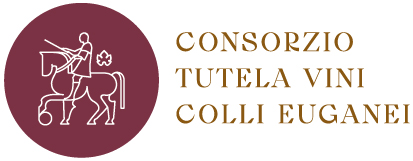The museum unfolds through a succession of documents, photographs, writings and objects that illustrate, the history of viticulture in the Euganean area, from its genesis to the present day.
At the entrance there are presentations of undersea volcanic explosions that capture the visitor’s interest while at the same time communicate one of the main features of the “terroir” whose tale is here being told.

The path through the museum proceeds to show the various stages in the cultivation of the vine and of wine production over time: from the early settlements of the ancient Venetians through to the Middle Ages, and from the Enlightenment and the Serenissima, the Most Serene Republic of Venice, to the nineteenth century and the revolution in viticulture.

The visitor finds out about the mythical ancient origins of the wine culture, and sees how it has evolved over time. There is much attention placed on the wineries of the Euganean Hills, with an emphasis on the origin and history of Muscadet and Serprino, as well as how the Festa dell’Uva wine fest and the Wine Consortium came about.

The first floor of the Museum ends with the Consortium’s Oenology Laboratory set up in 1972 to analyse the musts and the wines to establish the ripeness of the grapes, the degrees of alcoholic, the acidity and the sugar levels, to help enable winegrowers to make ever higher quality products.

On the ground floor there is section dedicated to the fertile land that yields these Euganean wines, telling the visitor about the climate, terroir and the soil science of pedology. There is of course a section on the Euganean Hills Regional Park, showing its flora, fauna, architectural highlights and the very best of its food and wine delicacies.


In true Euganean tradition, the tour ends with a tasting of the wines of the Euganean hills in what is known as the hall of the emotions, a multifaceted location for guided tastings, for workshops and conferences. Here we can learn about the types of wines produced in the Euganean Hills and how to appreciate their special odours and flavours, thanks also to the original instruments created specially for this curious room. The sense of sight and touch are also engaged by a panel that shows the different colours of the whites, reds and rosés, while a panel with cloth drapes reproduces the various tactile sensations that tannins, polyhydric alcohols and gradations of alcoholic give to the wine. By tasting a wine, we can smell special fragrances and sensations, the wheel of olfactory sensations and flavours help us recognise the particular aromas and tastes that come to life on our palate.




